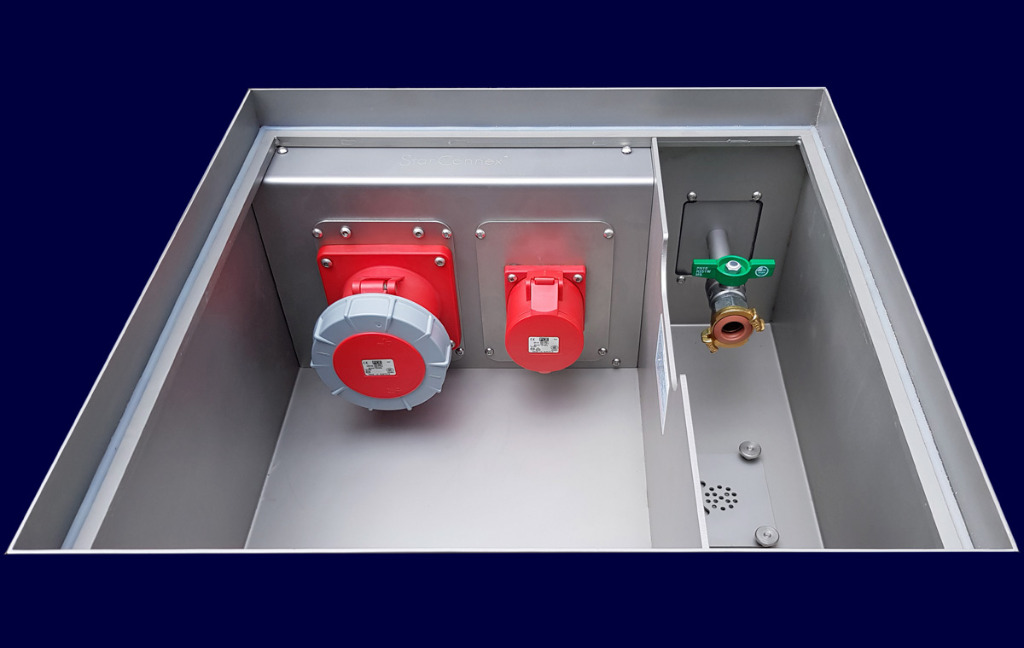

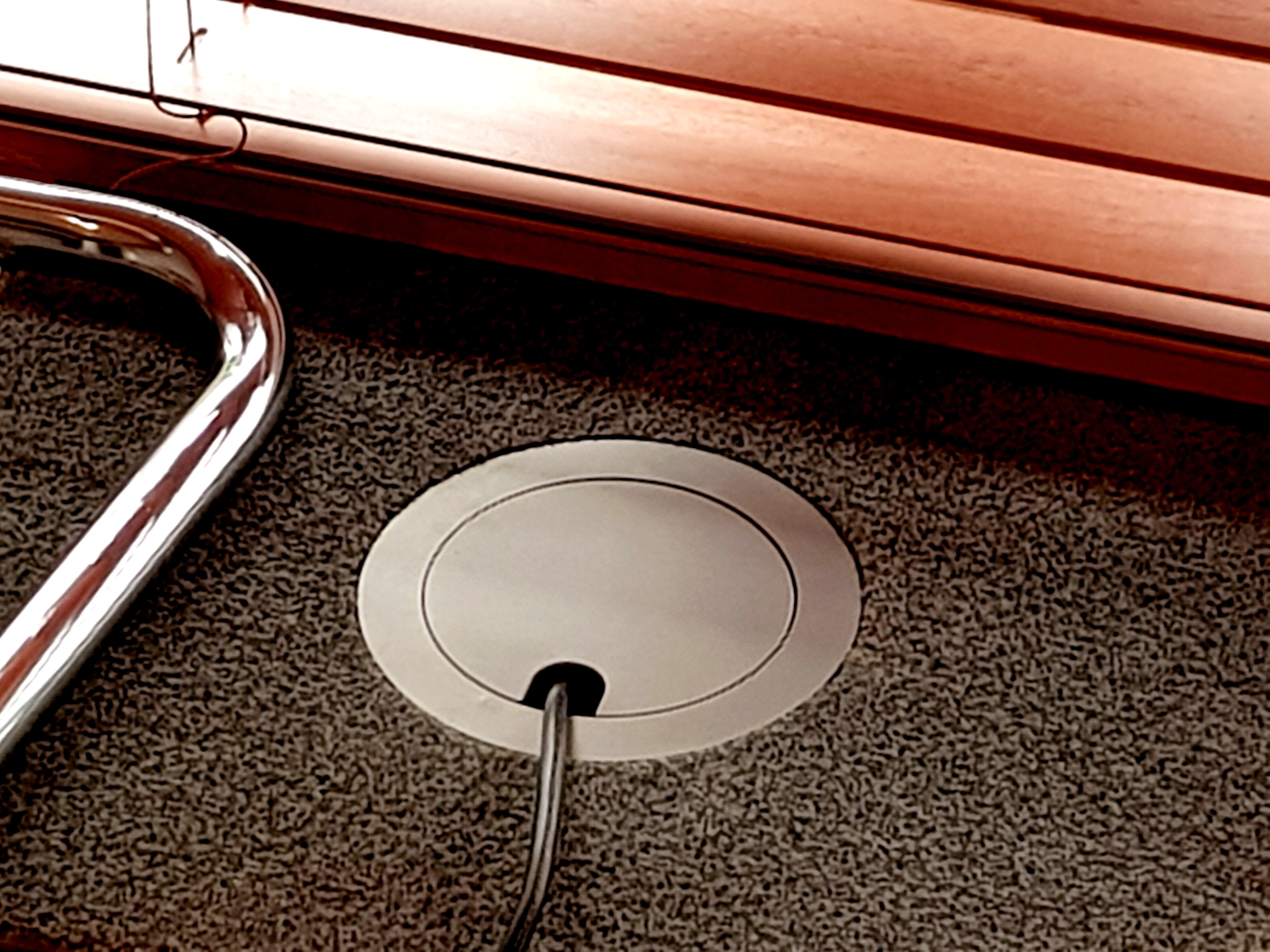
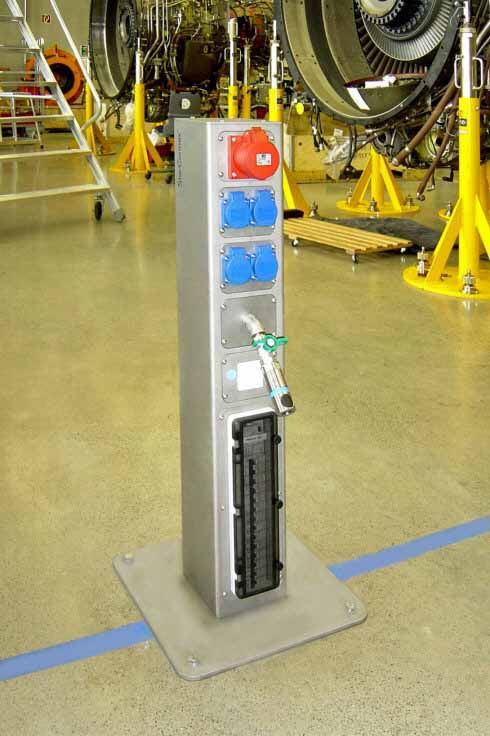
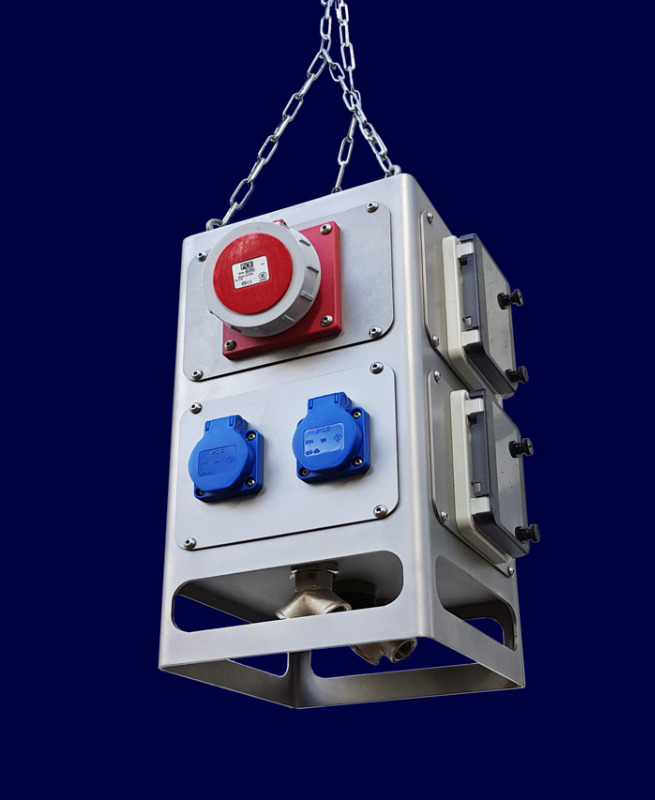
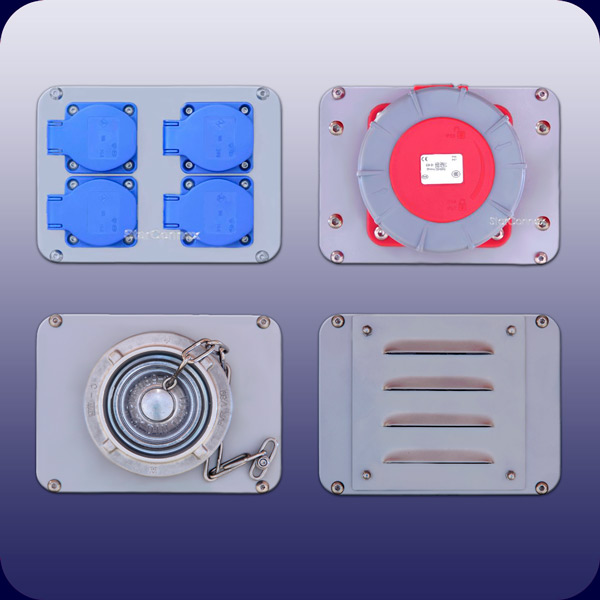
What are the best floor tanks?
The best floor tanks are those that are manufactured to meet your requirements in terms of equipment, dimensions, type of cover, cover thickness, cover tightness, cover load, type and positions of cable entries, design for concrete casting or hollow floor installation, adaptation of the cable outlet to the environment and more. For example, the StarConnex brand meets these criteria. If the technical requirements are low, for example for a few sockets under a desk, many makes are available and then often the cheapest are the best choice.
What is the difference between floor sockets and floor tanks?
The terms are not standardized and are used differently by different manufacturers. For example, StarConnex floor sockets are designated as such up to 4 inches² cover size, and floor tanks above that.
Are there floor tanks with water connection and sockets combined?
Yes, StarConnex floor tanks, for example, are available as combination tanks. However, a splash guard is required between the water connection and the sockets, as well as a non-closable wastewater connection in the floor of the floor tank, which must be connected to a sewer. If a lockable wastewater connection is required, such a connection can additional be provided.
Is "waterproof IP65, IP66, IP67" enough for Floor Tank Lid?
No. Because floor tank lids are horizontal, water does not run off them but remains standing, which corresponds to permanent immersion in water. But the IEC specifies in DIN EN 60529 that, in the case of IP67, so much water may penetrate within the first 30 minutes that it does not cause any harmful effects. In outdoor areas, however, it rains longer, and in indoor areas, the individually small amounts of water that have penetrated add up with each new wet cleaning, then evaporate and settle in the floor tank as condensate on electrical devices such as RCD switches, where they can lead to harmful effects. Floor tank lids with IP68 protection, on the other hand, must be permanently watertight when submerged, thus preventing the harmful effects mentioned.
An exception is made for floor tanks without water-sensitive internals and those in floors with dry or almost dry cleaning indoors, for example with carpeted floors or only damp wipe cleaning. Here, protection classes from IP00 to IP67 may be sufficient. In the USA, however, it has been pointed out that a floor socket that is not IP68-proof can become a danger to the lives of cleaning personnel if the mop is too wet or if a bucket of water is tipped over. StarConnex floor tanks already offer IP68 waterproof covers as standard and are accordingly suitable for outdoor areas and for cleaning with wet cleaning machines.